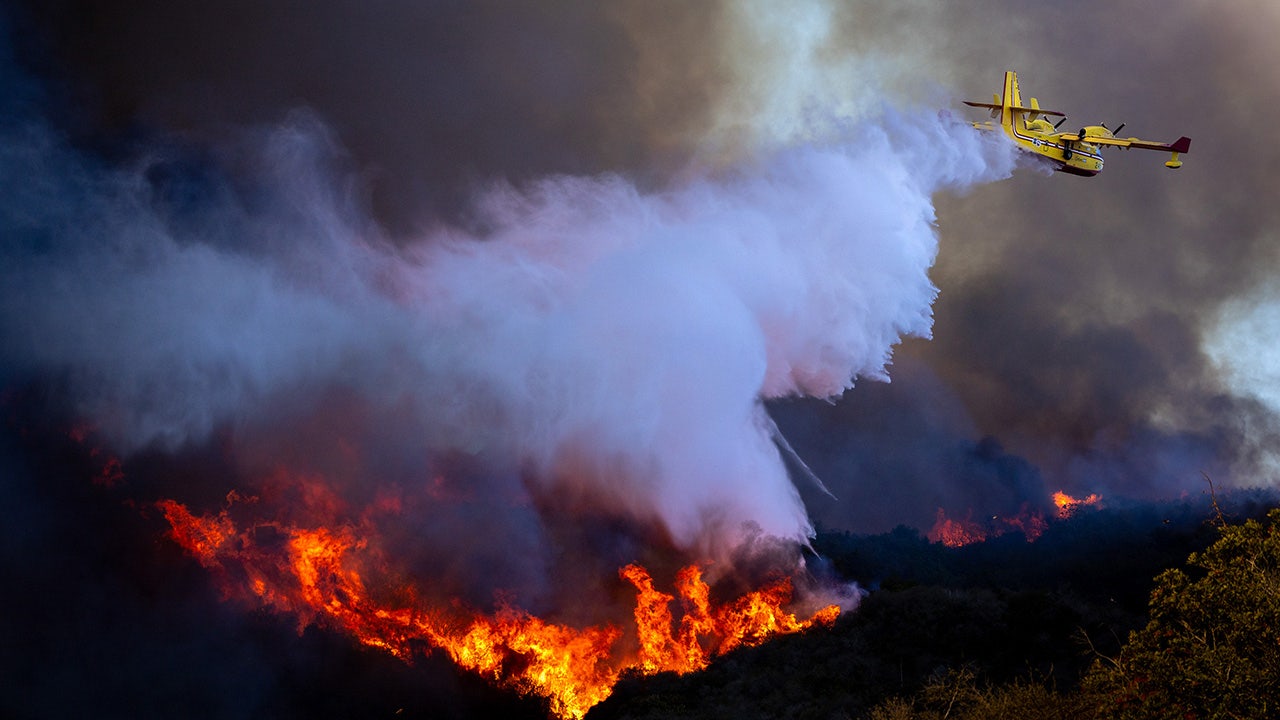Dawn of Disaster: Understanding California’s Unfolding Crisis
As dawn breaks over California, the state grapples with a series of catastrophic events that threaten its landscape and communities. From devastating wildfires to alarming water shortages, the challenges are mounting, prompting urgent discussions about resilience and recovery. The situation is dire, yet it is essential to explore the multifaceted nature of this crisis and the potential pathways to recovery.
The Wildfire Menace
California is no stranger to wildfires, but the intensity and frequency of these disasters have surged in recent years. According to the California Department of Forestry and Fire Protection (CAL FIRE), the 2020 wildfire season was one of the worst on record, with over 4 million acres burned. As climate change exacerbates the situation, predictions indicate that future fire seasons may only become more severe.
- Increased Temperatures: Average temperatures in California have risen, creating drier conditions that make forests and grasslands more susceptible to ignition.
- Prolonged Drought: Persistent drought conditions stress vegetation, turning it into a tinderbox that can ignite at the slightest spark.
- Human Activity: Urban expansion into wildland areas increases the risk of human-caused fires.
The implications of these wildfires are profound. Beyond the immediate threat to life and property, wildfires generate long-lasting environmental damage, including air quality degradation and habitat loss. Moreover, the economic impact is staggering, costing billions in firefighting efforts and recovery.
The Water Crisis
Alongside the wildfire menace, California faces another looming disaster: a critical water shortage. With a projected population growth and ongoing drought conditions, the state’s water supply is under immense pressure. The Sierra Nevada mountain range, which serves as a vital water source, has experienced reduced snowpack levels, leading to diminished water availability for agriculture and urban areas alike.
- Agricultural Impact: California is a leading agricultural state, producing nearly half of the nation’s fruits, vegetables, and nuts. Water shortages threaten these industries, risking food supply chains both domestically and internationally.
- Urban Demand: Cities like Los Angeles and San Francisco are facing stricter water restrictions, which could lead to increased water prices and potential conflict among residents.
In response to the water crisis, California has implemented various measures, such as conservation programs and investment in water recycling technologies. However, the challenge remains significant, and a comprehensive strategy is needed to ensure sustainable water management.
The Intersection of Climate Change and California’s Challenges
At the heart of California’s unfolding crisis is the undeniable impact of climate change. Rising temperatures and erratic weather patterns contribute to both the wildfire menace and the water crisis. Addressing these challenges requires a multifaceted approach that includes:
- Renewable Energy Adoption: Transitioning to renewable energy sources can help reduce greenhouse gas emissions and combat climate change.
- Forest Management: Implementing better forest management practices, such as controlled burns and clearing underbrush, can reduce the severity of wildfires.
- Water Conservation Initiatives: Encouraging residents and businesses to adopt water-saving measures can alleviate some of the pressure on water resources.
Building Resilience in Communities
As California faces these multifaceted challenges, building community resilience becomes paramount. Resilience encompasses the ability of individuals and communities to prepare for, respond to, and recover from disasters. Here are some strategies to enhance resilience:
- Community Engagement: Involving local communities in planning and preparedness efforts fosters ownership and encourages proactive behavior.
- Education and Training: Providing training for emergency preparedness can empower residents to act swiftly and effectively during a crisis.
- Infrastructure Investment: Upgrading infrastructure to withstand extreme weather events is crucial for minimizing damage during disasters.
Local governments and organizations are beginning to recognize the importance of these strategies. Initiatives aimed at enhancing disaster preparedness and response are gaining traction, reflecting a growing awareness of the need for proactive measures.
The Role of Technology and Innovation
In the face of California’s unfolding crisis, technology and innovation offer promising avenues for mitigating the impacts of wildfires and water shortages. Advancements in technology can enhance our understanding of environmental changes and improve response strategies. Some innovative solutions include:
- Predictive Modeling: Utilizing advanced modeling techniques can help predict wildfire risks and inform evacuation plans.
- Smart Water Management Systems: Implementing technology that monitors and manages water usage can lead to more efficient conservation practices.
- Drones and Remote Sensing: Drones equipped with sensors can monitor fire behavior and assess damage in real-time, aiding firefighting efforts.
By embracing these technologies, California can enhance its ability to respond to disasters and ultimately build a more resilient future.
Looking Ahead: Hope Amidst Crisis
While the current situation in California may seem bleak, it is essential to approach the unfolding crisis with optimism and determination. The challenges posed by wildfires and water shortages are significant, yet they also present opportunities for innovation, collaboration, and growth. By fostering resilience, leveraging technology, and engaging communities, California can navigate this turbulent landscape and emerge stronger.
As dawn breaks over this beautiful state, it serves as a reminder that while challenges abound, the spirit of its people remains unyielding. Together, Californians can face the trials ahead and work towards a sustainable and resilient future.
See more Your Daily Weather



